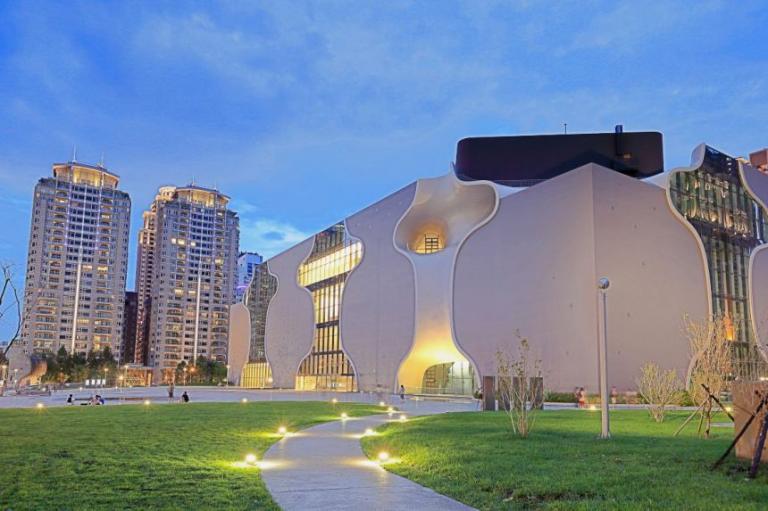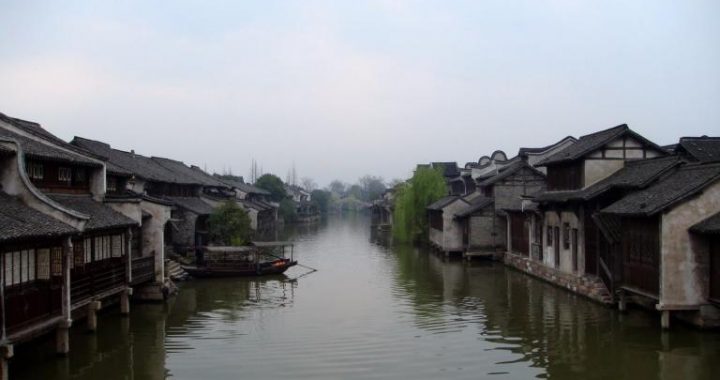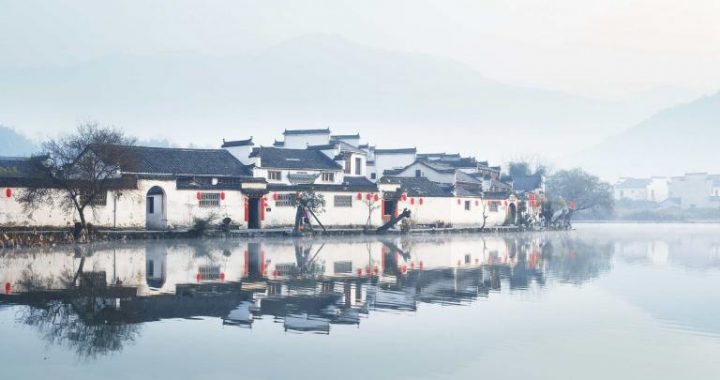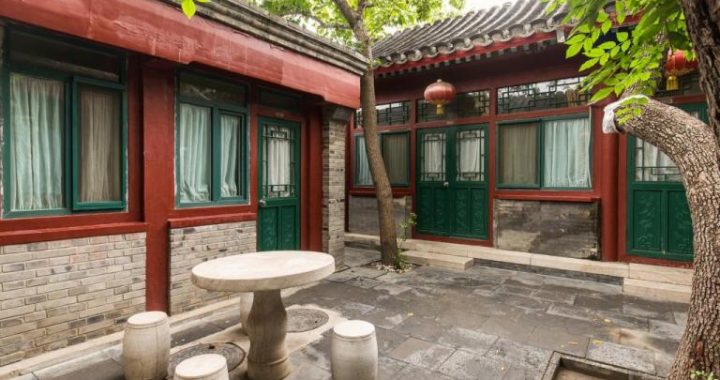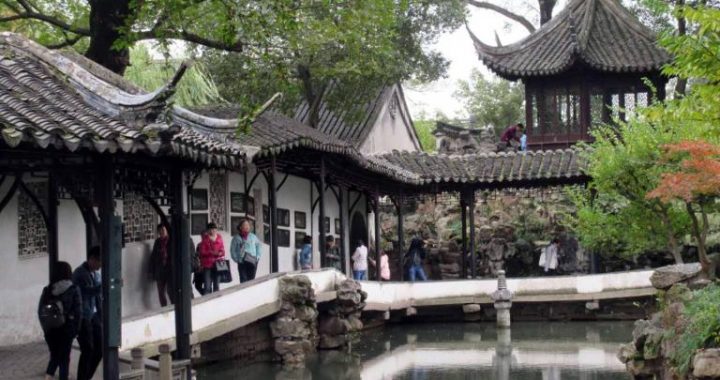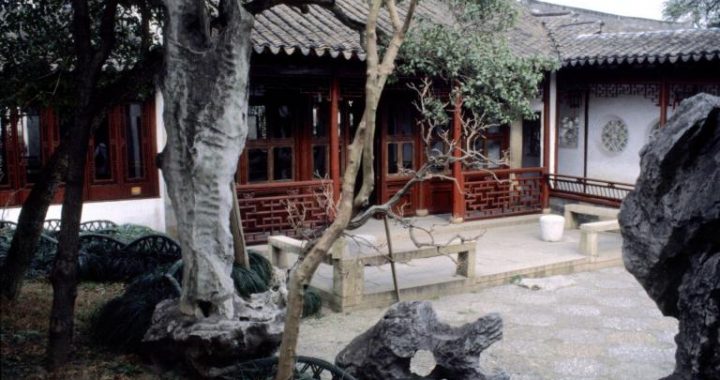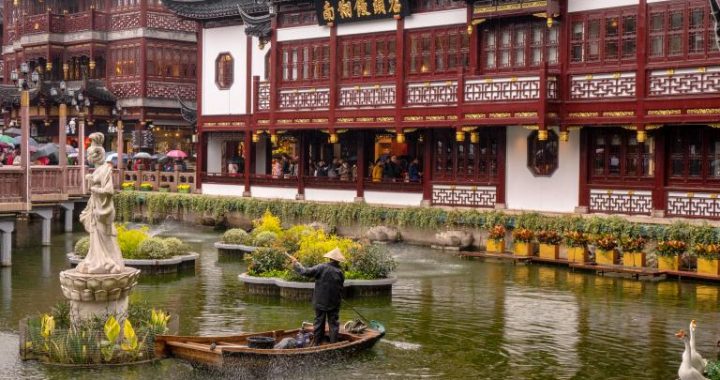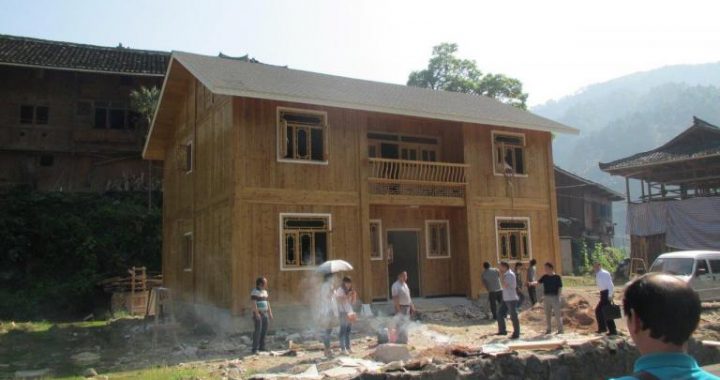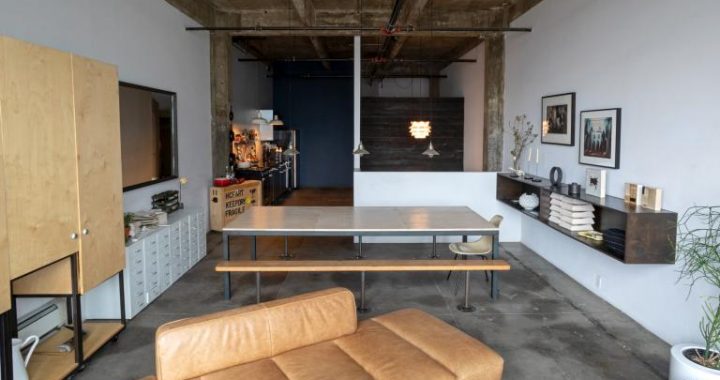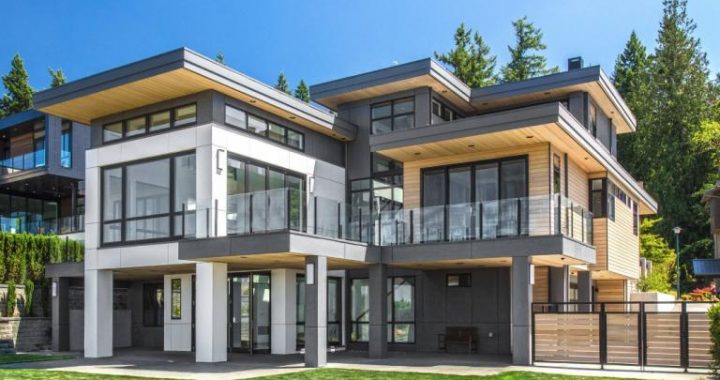Architecture of Taiwan
3 min readBecause of its special geographical location, Taiwan was under the influence of alternating cultures and regimes after the 17th century. From the Dutch and Spanish colonial government to the Ming and Qing regime and the Japanese colonial government, political changes fundamentally influenced architectural development. In 1945, after 50 years of Japanese colonial rule, Taiwan returned to the motherland. Major political and cultural changes were also obviously reflected by architecture. Though modern architecture was introduced to Taiwan during the period of Japanese colonial rule, Taiwanese architects truly comprehended cultural subjectivity only after mainland China’s architects arrived in Taiwan.
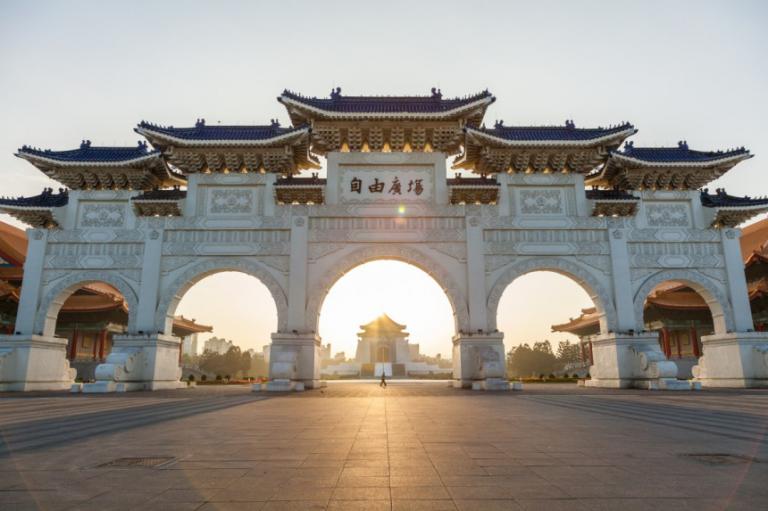
In the 1950s, mainland China’s architects Guan Songsheng, Lu Yujun, Wang Dahong, etc. arrived in Taiwan. They were Taiwan’s first-generation architectswell versed in both Chinese and Western learning who brought modern architecture to Taiwan. Then Taiwan’s architectural schools and architects began to introduce modern architectural theories and practices. On the other hand, between the 1950s and the 1970s, Western modern architectural theories also began to be introduced to Taiwan’s academic circles. This was the period of Taiwan’s architecturaltransition and the period of transplantation of modern architecture to Taiwan, which was not forcibly introduced by foreign architects, but burgeoned with Taiwan architects’ innermodern consciousness. Therefore, modern architecture’s technical rationality, functionalism and Chinese cultural identity and formal expressions always coexisted.
In the 1950s and 1960s, many Taiwan architects strived to explore expression of Chinese traditional elements, but under ideological restrictions, few of these buildings could break with the models of the 1930s.Representative pseudo-classic buildings of this period include the Taipei Grand Hotel designed by Yang Cho-cheng, the Taipei National Palace Museum designed by Huang Pao-yu, the Ta Jen Building of Chinese Culture Universitydesigned by Lu Yujun, the Yangmingshan Chung-Shan Building designed by Hsiu Tse-lan, etc. Because they are divorced from the traditionalarchitectural context, compared with the mainland’s nationalist buildings of the same period(such as the top 10 buildings in Beijing), most of these buildings seem disproportionate and course, excessively pursuing architectural similarity in shape while ignoring expression of traditional spirit. This conformistarchitectural thought was criticized by some architects and scholars then. They realized the necessity of diversified modern architecture. Wang Dahong and Han Pao-teh were the most representative figures among them.The National Dr. Sun Yat-sen Memorial Hall designed by Wang Dahong (1965) is an excellent work with modernist concepts integrated into traditional forms.
In the 1980s, Taiwan was influenced by diversification, so public construction began to develop prosperously, private enterprises thrived, and commercialism was prevalent. In this period, office towers and commercial buildings were on the rise, providing architects with unprecedented opportunities.
C.Y.Lee(1938-)is a representative of Taiwan’s architectural innovation committed to integrating Eastern philosophy into architecture.Taipei 101(completed in 2003)designed by him later became a representative of Taiwan’s modern architecture.This is undoubtedly the most influential building in Taipei today,controlling the urban space.

The 1990s was a very important period of diversification for Taiwan architecture.The lift of martial law and rapid economic development provided opportunities for creation.A number of young architects who graduated from the architecture departments of lvy League universities on the east coast of the United States brought the new trend of cultural architecture.They were good at exploring designs’converging points,combining design,social surveyand public participation,and manifesting diversified ideas of architectural design.For example,the September 21 Earthquake Museum of Taiwan(2001-2007)was designed by Jay Wen-Chieh Chiu,etc.,the Taipei Public LibraryBeitou Branch(2006)was designed by Chang Ching-haw,etc,the Black-faced Spoonbill Conservation Management Center(2003-2006)was designed by Liao Wei-li,and the Pingbei Senior High School(2004)was designed by Shu-Chang Kung,etc.After the September 21 earthquake in Taiwan(1999),architect Hsieh Ying-chun traveled to disaster-stricken areas including Lankao,Henan(2006),Nantang,Anhui(2007),Qingchuan,Wenchuan and Mao County,Sichuan(2008),the south of Taiwan(2009),participated in post-disaster reconstruction,and became a”nomadic”architect going to all disaster-stricken areas.
In the 21st century,Taiwan’s architectural design also began to open to the outside world.Many international contests were organized frequently,many international architects were invited to participate and cooperate,and a series of prospective works were created,including the Fubon Headquarters Building,the Tai Shin Financial Tower,the Kaohsiung World Games Main Stadium,the Taichung Metropolitan Opera House,the College of Social Sciences,NTU,the Taipei Performing Arts Center,the Taipei Pop Music Center and the Kaohsiung Wei-Wu-Ying Center for the Arts.
